Explore Athens’ top attractions and museums with our curated guide. From the iconic Acropolis to world-class museums, uncover the best of Greece’s historic capital city.
The Acropolis museum is located at the foot of the Acropolis hill. This modern museum is dedicated to the Acropolis of Athens, featuring an impressive collection of artifacts found on the archaeological site. The gallery offers a breathtaking view of the Parthenon itself, creating an immersive experience. Other notable exhibits include the Caryatids from the Erechtheion temple and a vast collection of ancient artifacts, including pottery, sculptures, and inscriptions. The museum offers a comprehensive overview of the history and significance of the Acropolis, including the Parthenon.
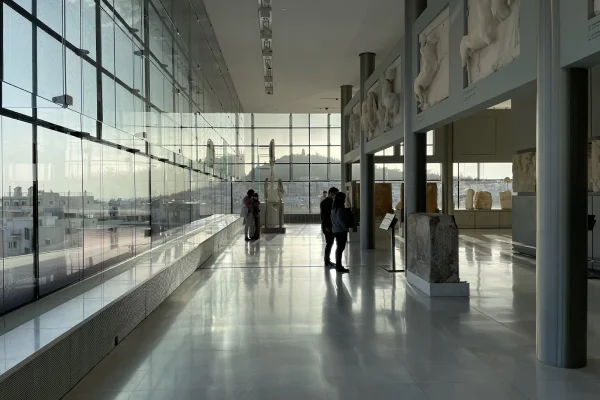
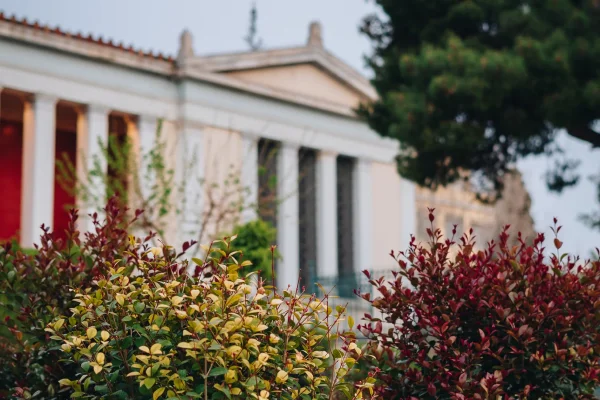
This museum is considered one of the greatest museums in the world. The National Archaeological Museum houses an extensive collection of ancient Greek artifacts, including sculptures, pottery, jewelry, and more. This world-renowned museum houses an extraordinary collection of over 11,000 artifacts, spanning from the Neolithic era to the Roman period. Highlights include the bronze Statue of Poseidon and the Mask of Agamemnon.
For a unique and interactive experience, the Athens Museum of Illusions is a must-visit. This quirky museum features mind-bending optical illusions, holograms, and interactive exhibits that challenge your perceptions and provide plenty of opportunities for memorable photographs. From the moment you enter, you’ll be greeted by a series of immersive installations that challenge your perception of reality. Walk through the Vortex Tunnel, where the walls appear to spin around you, or step into the Infinity Room, where mirrors create an endless reflection of yourself.


The Acropolis is an ancient citadel located on a high rocky outcrop above the city of Athens. It contains several iconic ancient Greek monuments and buildings, most notably the Parthenon. It’s one of the most important archaeological sites in the Western world and a UNESCO World Heritage site. The Acropolis is open every day except certain holidays.
The Temple of Olympian Zeus, also known as the Olympieion, is one of the most iconic and impressive ancient Greek monuments in Athens. This colossal temple was dedicated to Zeus, the king of the Olympian gods, and its construction spanned over seven centuries, starting in the 6th century BC. Despite its lengthy construction period, the temple was never fully completed, but the remaining ruins still stand as a testament to the grandeur and architectural prowess of ancient Greek civilization. Today, visitors can marvel at the 16 remaining Corinthian columns, each standing an impressive 17 meters (56 feet) tall. The site also offers stunning views of the Acropolis and the Parthenon, making it a popular spot for photographers.
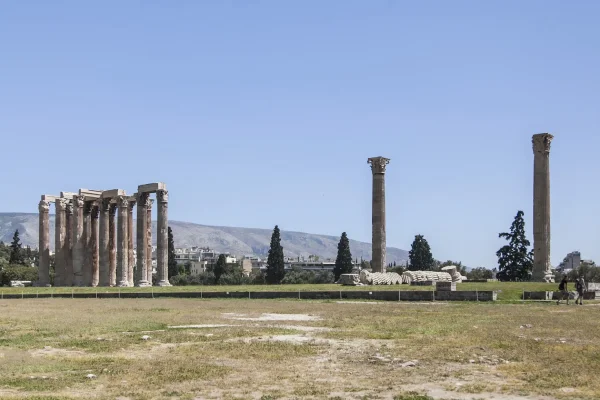
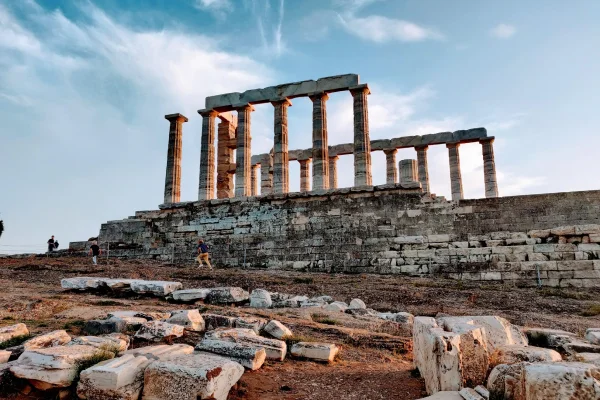
Perched atop the cliffs of Cape Sounion, the Temple of Poseidon offers one of the most breathtaking and iconic views in all of Greece. This ancient Greek temple is dedicated to the god of the sea. Poseidon, dates back to the 5th century BC and is renowned for its stunning location overlooking the Aegean Sea. The temple’s white marble columns stand in stark contrast against the deep blue waters, creating a picturesque scene that has inspired artists and poets for centuries. Visitors can explore the well-preserved ruins, including the remaining Doric columns and the carved friezes depicting scenes from Greek mythology. As the sun sets over the Aegean, the temple takes on a warm, golden hue. This makes it a popular spot for photographers and romantics alike.
Ancient Olympia is the birthplace of the Olympic Games and a UNESCO World Heritage Site. It is located in the Peloponnese region. Visitors can explore the impressive ruins, including the ancient stadium where the games were held, the Temple of Zeus, which once housed the famous statue of Zeus (one of the Seven Wonders of the Ancient World), and the Olympia Archaeological Museum. The museum houses an extensive collection of artifacts from the site, including sculptures, pottery, and bronze statues, providing insight into the religious ceremonies and athletic events that took place in ancient Olympia.
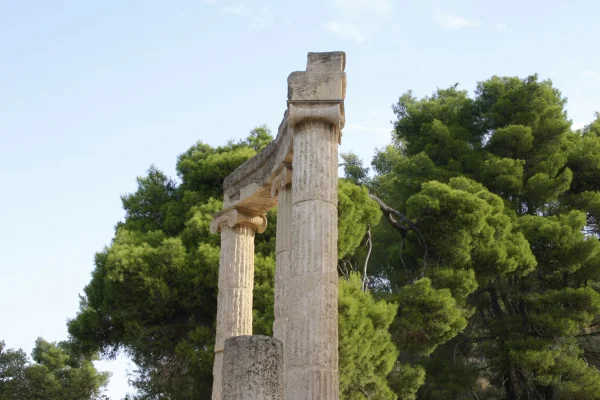

On the island of Crete, the ancient Minoan Palace of Knossos is a remarkable archaeological site that offers insight into the sophisticated Minoan civilization. As visitors wander through the maze-like corridors and courtyards, they are transported back in time, surrounded by the remnants of this advanced civilization. The palace’s highlights include the colorful frescoes depicting vibrant scenes of daily life, including the famous “Prince of the Lilies” fresco, and the elaborate throne room adorned with intricate reliefs.
This medieval castle on the island of Rhodes is a prime example of Gothic architecture and a testament to the legacy of the Knights Hospitaller. As visitors approach the palace, they are greeted by the impressive fortifications, including the massive stone walls and towers that once protected the Knights from invading forces. The palace’s interior is a labyrinth of courtyards, halls, and chambers, each adorned with intricate carvings, frescoes, and architectural details that reflect the wealth and power of the Knights.
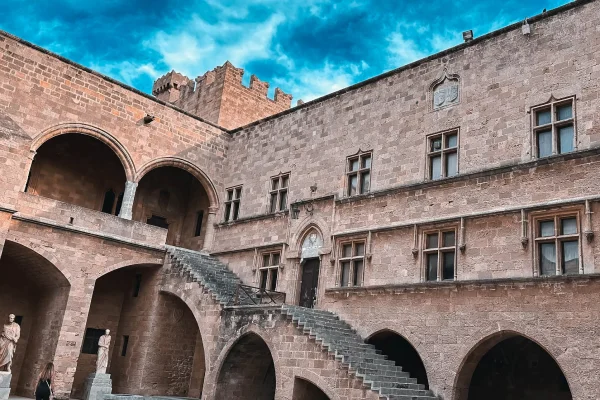

ATHENS TOURIST INFORMATION

ATHENS TOURIST INFORMATION
Discover the best ways to navigate Athens like a local. From efficient public transportation to insider tips, make the most of your Athenian… see more

ATHENS TOURIST INFORMATION
Enjoy the captivating western civilization year around. Know about each season’s unique charms and experiences before making… see more
